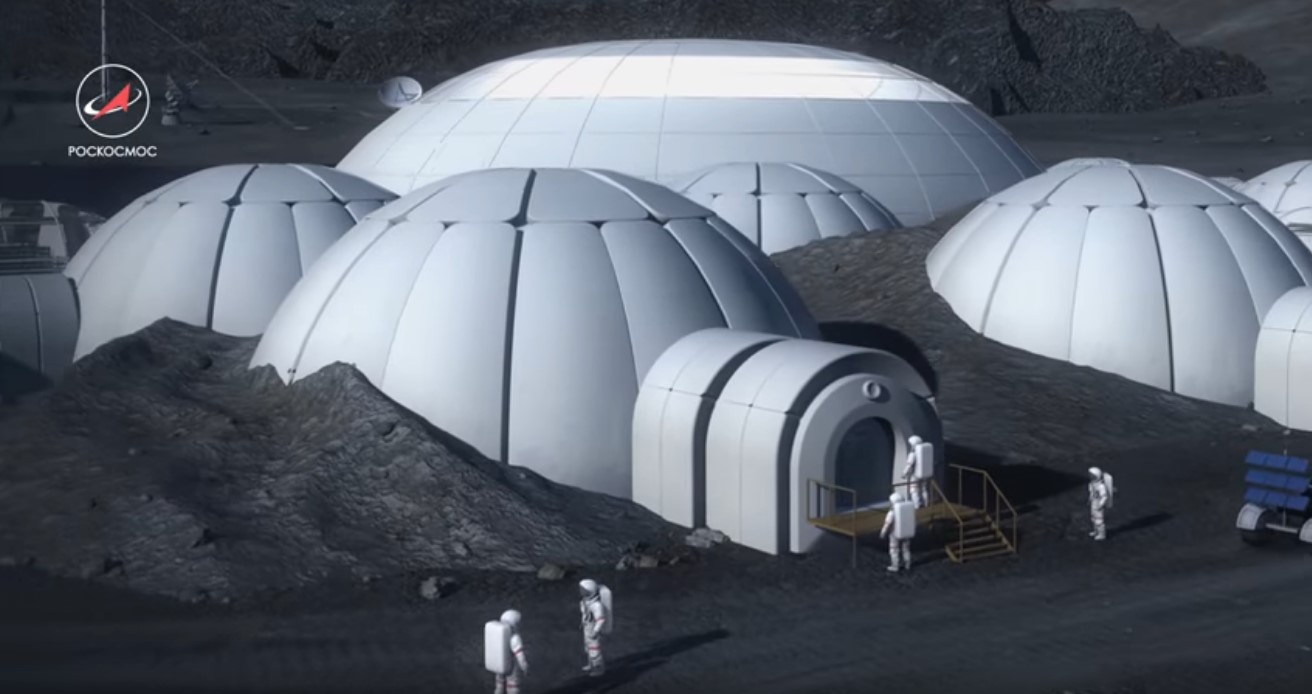
With recent lunar landing attempts by India and Israel and an ongoing mission to the far side of the moon by China, international interest in our planetary satellite is heating up. Now, Russia intends to get in on the action as well: The Russian space agency Roscosmos has announced its intentions to build an observatory on the moon.
The aim of the project would be to place telescopes on the southern pole of the moon in order to “monitor dangerous asteroids and comets,” according to TASS, the Russian state news agency.
“There are plans to install equipment on this [lunar] base to study deep space and special telescopes to track asteroids and comets that pose a danger of their collision with Earth,” Alexander Bloshenko, Roscosmos executive director for Science and Long-Term Programs, told TASS.
The potential danger of asteroids is also the target of a European Space Agency (ESA) mission called Hera, a self-driving spacecraft which is being developed to protect the planet from impacts. NASA also held a meeting this year to consider what the response to a large asteroid impact on the Earth should be.
Roscosmos’ plans are to use the telescopes to track potentially dangerous objects, in concert with telescopes on the Earth. Russia already has an automated warning system for near-Earth objects that stray too close to the planet for comfort, and the country seems to have designs on improving and expanding this system with more hardware and, therefore, more data. As well as tracking asteroids that could threaten the well-being of people on Earth, the system also tracks space debris to ensure that the operations of satellites are not compromised.
Russia has big plans for the moon in general, having previously announced its intentions to use 3D printing to create a lunar base. The hope would be to print objects and equipment from lunar dust, with an implementation across several stages to be completed by 2040. Roscosmos is also working with the ESA on three missions to the moon called Luna, which will involve two landers and one orbiter, with the first launch scheduled for July 2021.
Editors' Recommendations
- Building the first experimental payload to make oxygen on the moon
- NASA will build its lunar base camp on the moon’s south pole
- How NASA’s VIPER rover will tackle the problem of moon dust
- NASA lays out plans for building a long-term moon base
- NASA asks for the public’s help to design a robot for digging on the moon




